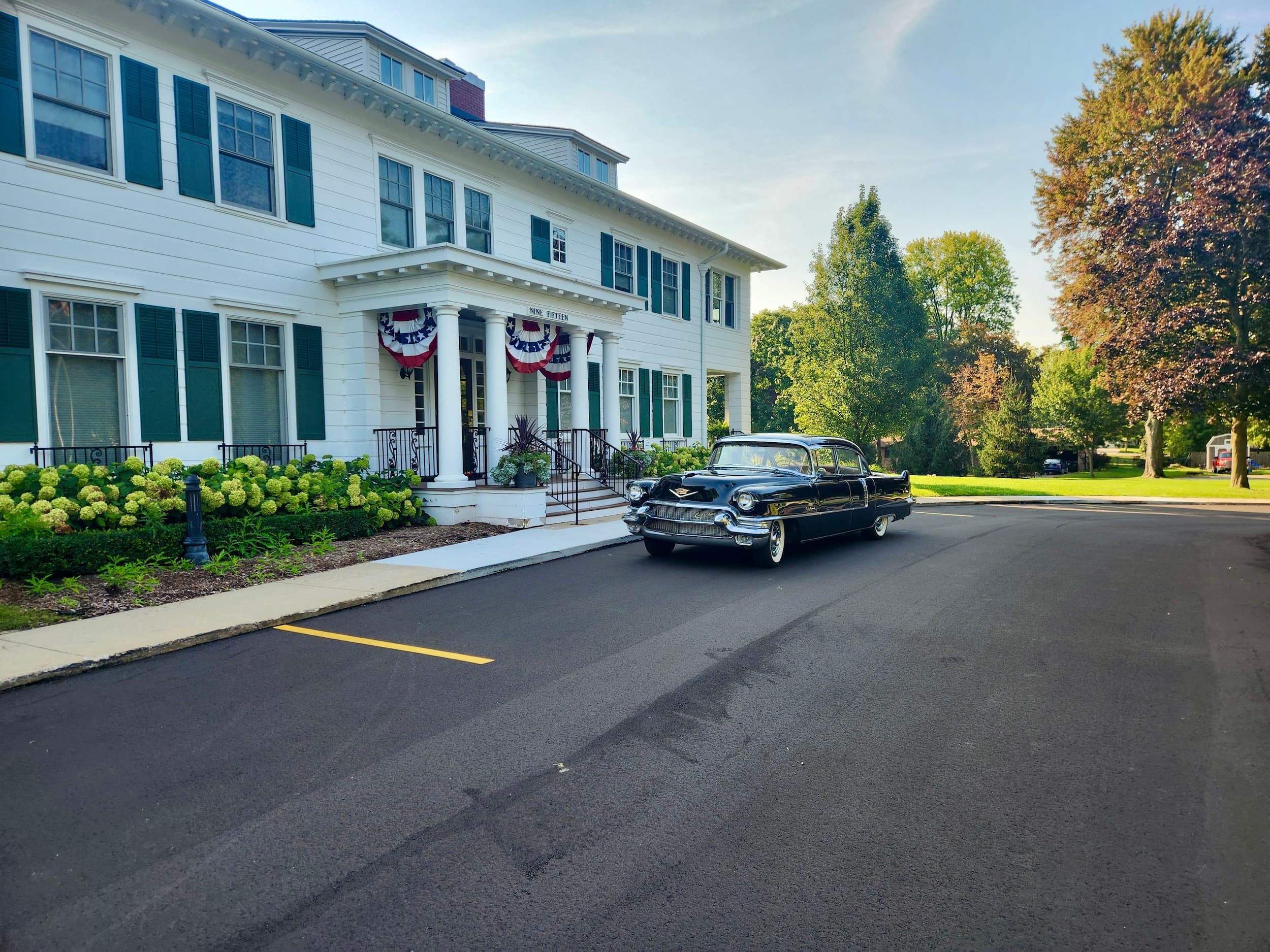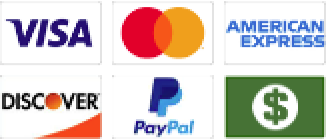Posted in Video
This transcript was auto-populated.
Transcript:
00:00
You’ve probably heard the phrase fair use, but it’s one of the most misunderstood parts of copyright law. I’m the patent baron, and today we’re going to explain what fair use is, when it applies, and how to avoid crossing the line into infringement. So, fair use is a legal doctrine that lets you use
00:17
copyrighted material without permission, but only limited circumstances. It’s designed to balance free expression with copyright protection. So, here are some examples. criticism and commentary, news reporting, teaching and research and parody. So the courts use four factors
00:36
to decide what is fair use. So first would be purpose and character of the use. Is it commercial or educational? Is it transformative? Does it add new meaning or purpose? Two, what’s the nature of the copyright work? Factual works are more likely to qualify than highly creative ones. for fair use.
00:58
Amount and substantiality. Did you use a small portion or just or a heart of the work? And fourth, effect on the market. Does your use hurt the original market value? So, no single factor decides the case. They’re all weighed together. So, here’s an example’s fair and unfair use. So, fair
01:18
use example would be a YouTuber uses 10 seconds of a movie for a commentary in a film review. The channel reposts full episodes with minor edits and claims it’s for educational use. Fair use is powerful, but it’s a risky to navigate alone. Reach out to the patent baron and
01:36
let’s make sure you’re protected and compliant.


